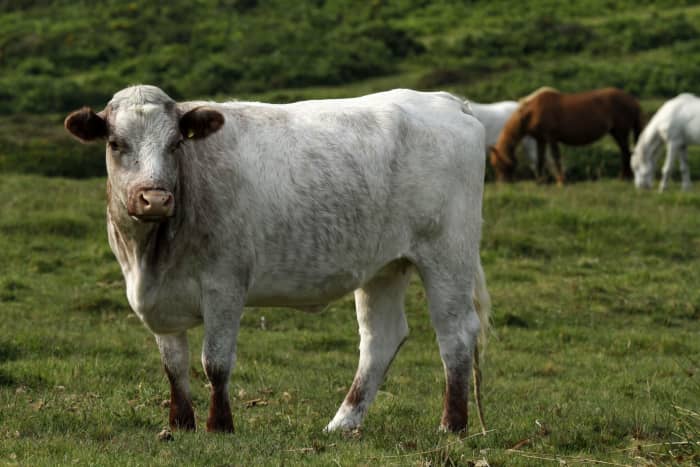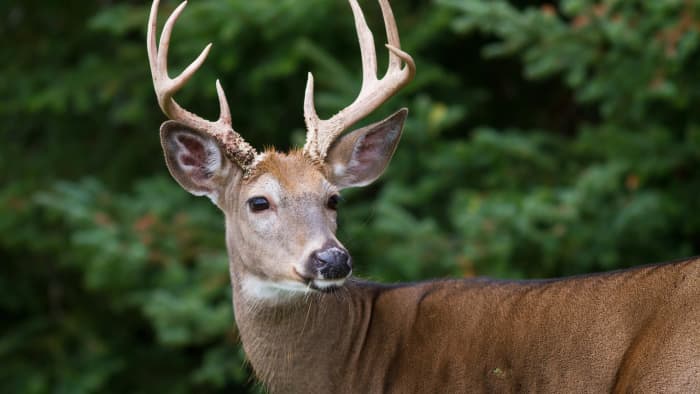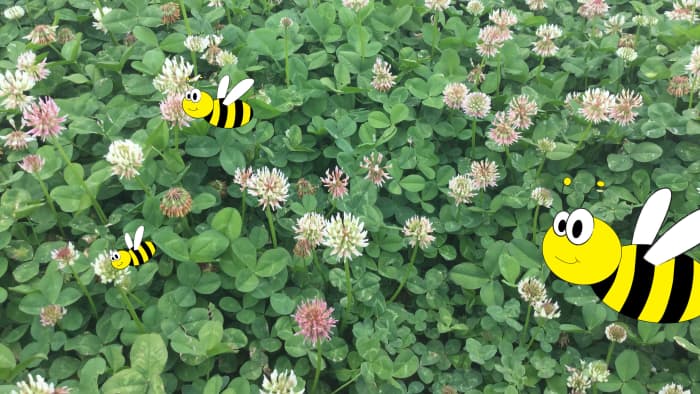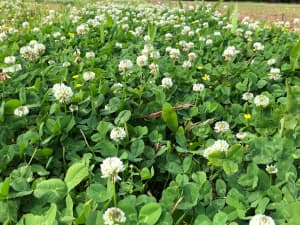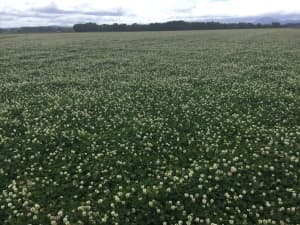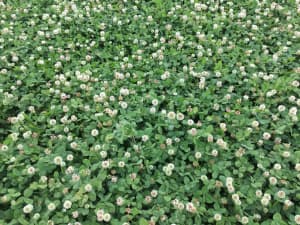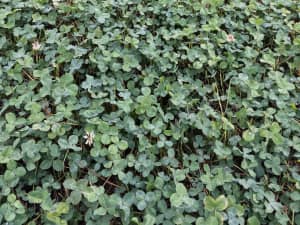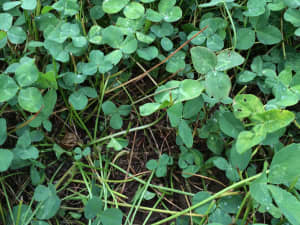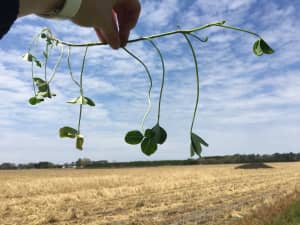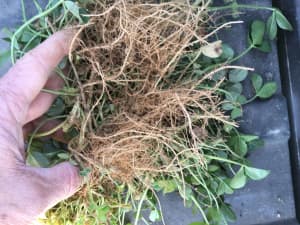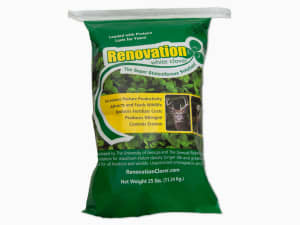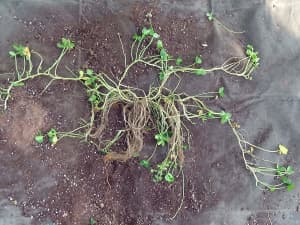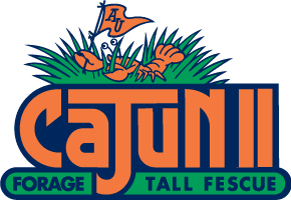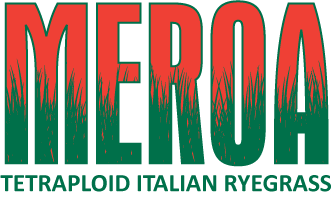NEWS RELEASE
New white clover variety developed, released to market
Issued - September 22, 2016
ARDMORE, Okla. — Researchers at The Samuel Roberts Noble Foundation and University of Georgia (UGA) have developed a new white clover variety called Renovation to help agricultural producers improve and maintain healthy, productive pastures.
Renovation is the first white clover released by the Noble Foundation and the first commercial product of the joint breeding effort. The goal for the Noble-UGA forage breeding program was to develop new white clover (a legume) varieties that could help restore perennial grass pastures throughout the southern United States.
"Renovation was developed to extend the life of perennial grass pastures and improve forage quality," said Mike Trammell, Noble Foundation plant breeder. "Its genetic makeup results from a southern clover variety bred with a large-leaf variety to produce excellent overall persistence and animal performance."
Renovation white clover is ideal for grazing livestock and wildlife food plots, and helps maintain healthy soils by controlling erosion and providing slope stabilization.
"This white clover variety can also be used in other areas around the world that have similar ecological systems," said Joe Bouton, Ph.D., retired Noble Foundation Forage Improvement Division director who led the initial research. "We believe the new variety will have a positive impact for agricultural producers and the longevity of their pastures."
Once established and properly managed, Renovation can provide protein-rich food for livestock and wildlife while reducing fertilizer costs thanks to the legume's ability to fix its own free nitrogen. Users can plant Renovation with cool-season and warm-season grasses.
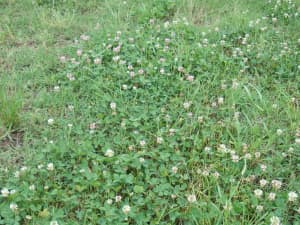
This is a photo of single-row white clover plots which were seeded into Tifton-85 bermuda grass on 3-foot centers in October 2008. Renovation white clover is the plot in the center surrounded by other experimental clover plots. There is a plot on each side and three plots behind the Renovation plot. The Renovation line has completely spread over the whole plot area and started invading the neighboring plots. Photo was taken on June 3, 2009, by Brian Motes.
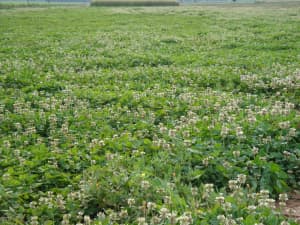
This field was established in 2006, and this photo was taken in April 2009, by Brian Motes. This is a seed-increase field located in Gene Autry, Oklahoma (a few miles north of the Noble Foundation).Close up of prior field. Photo was taken in April 2009, by Brian Motes.
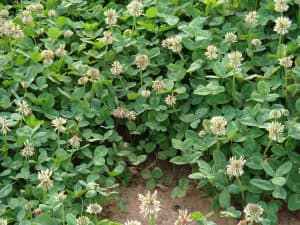
Close up of prior field. Photo was taken in April 2009, by Brian Motes.

